Overuse injury – The what, why’s and how’s answered.
What is an overuse injury?
An overuse injury, sometimes referred to as a chronic injury, refers to an injury that is associated with repeated stress or micro-trauma over time. Unlike an acute injury, such as an ankle sprain, over use injuries typically have no specific incident that caused the pain, rather it will typically gradually worsen with activity with a steady increase in pain. Common overuse injuries include tendinopathies, bursitis, stress fractures/bone stress and shin splints.
It is common to see overuse injuries in the athletic population however they can be seen in all population groups – whether your 10 years old starting netball for the first time, 37 and trying to return to a loved past time or 71 and wanting to start walking more, you must know your limits. Overuse injuries are often related to activities that require repetitive stimulus such as long distance running, swimming, occupation demands such as typing and computer mouse use.

What causes an overuse injury?
An overuse injury will occur for a number of reasons and is related to a break down of tissue structure when the load input exceeds the tolerable level for that specific tissue. Common causes of overuse injuries can include:
• A sudden and/or significant increased load; including but not limited to increased intensity of training, increased hours of training, increased frequency of training
• A change to training conditions; including but not limited to addition of hills, change of footwear, change of training surface
• Return to activity after period of inactivity – e.g. start of sporting season return to walking after surgery etc.
• Inadequate rest periods – leads to increased muscle fatigue and therefore increase load/reliance on tendons, bones and other structures.
How to prevent an overuse injury?
Given that the biggest and arguably only cause of an overuse injury is overload it goes without saying that the best chance at preventing an overuse injury is to follow a progressive loading program and avoid going in too hard too soon.
When starting a new exercise routine or looking at increasing your current training regime it is crucial to have a graded and steady increase. This may look like short periods of work in combination with periods of rest when starting running/walking/swimming or other exercise routines. Ensuring you take regular rest days in the early stages of beginning an exercise routine to allow for adequate muscle recovery is another vital key in reducing your risk of overuse and injury.
If you are an avid exercise goer and looking to increase or alter your current regime following the guidelines of progressive overload will limit placing too much demand on your body systems too soon. Progressive overload can be applied by changes to duration/intensity, frequency, exercise technique/execution or external load – in any of these cases an incremental increase of no more than 10% is advised to reduce the risk of overload and injury.
In the case of overuse injuries in day to day life or with work place demands consideration may given to desk ergonomics and/or technique of repeated movements to attempt to reduce strain on specific body parts that may be at risk over overuse.
How to treat an overuse injury?
Unfortunately due to the slow progression and repeated micro trauma of overuse injuries it is often too late for preventative measures by time your pain develops. If you develop pain that you believe may be an overuse injury it is important to seek medical advice to ensure you receive advise specific to your injury and needs.
When visiting your healthcare provider (Osteopath or Myotherpaist etc.) you can expect your practitioner to assess your tolerance to specific loads and determine a management plan to get you back on your way to achieving your goals. Things that may be considered in your long-term management may include:
• Resting without or without the use of a brace or aid if severely intolerant to load.
• Reducing provocative loads and activity – this may look like a 50% decrease in kms walked/run, or reducing frequency of sessions in the gym
• Limiting spring like loads such as jumping that place a large load through injured areas
• Implementing a exercise/rehab regime specific to your goals.
It is important to note that in all cases of overuse injury LOADING with exercise is essential for long-term recovery and prevention of re-injury. An exercise regime tailored to you is likely to include the following:
• Isometric exercises – those that involve holding a sustained position for an allocated time frame e/g. wall sits/planks etc.
• Isotonic exercise – those that involve moving a body part through its range of motions with or without external forces/load
• Plyometric/return to play – If your goals require you to return to sports/high levels of exercise your program will progress to a sports specific return to play plan
that will involve explosive efforts
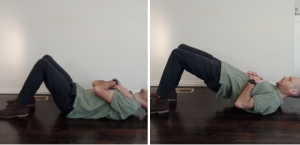
In all cases you can expect a program to progress through different stages in line with what you are hoping to achieve and usually takes between 6-12 months for adaptations to occur – Rest assured this does not mean your pain will persist for this period of time!
In conjunction with a loading program your practitioner will work with you to reduce and manage your pain. This may be done through the use of braces/taping, manual therapy (such as soft tissue massage), Ice, Dry needling and/or anti-inflammatory medications.
When indicated your practitioner will also work to find underlying bio-mechanical imbalances or deficiencies in surrounding areas and guide you with the steps required to address these also – This may include looking at your hip when dealing with an Achilles (lower leg) tendinopathies.
Please note that this advice is generalised and we encourage you to seek further advice if you think you may have an overuse injury – For more specific advise or to get started on your journey to recovery from an overuse injury book an appointment with one of our qualified practitioners today!
Book an appointment online here today!
Tennis Elbow – in the non-tennis playing individual!
Tame Your Achilles Tendon Pain!

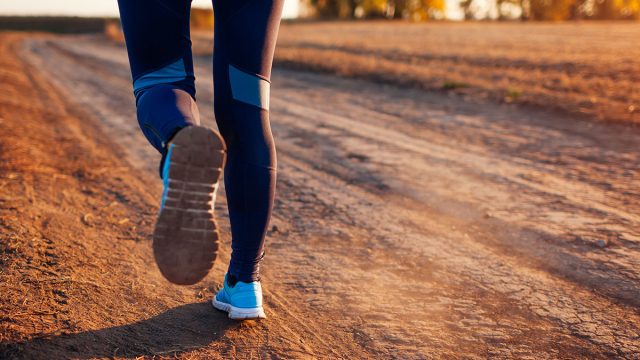
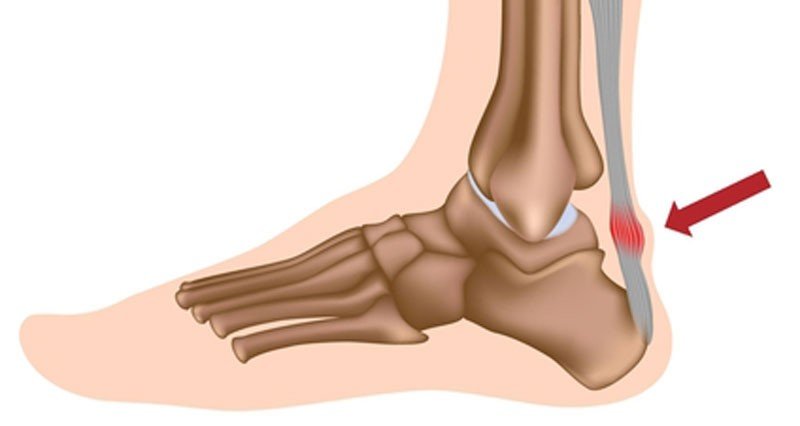
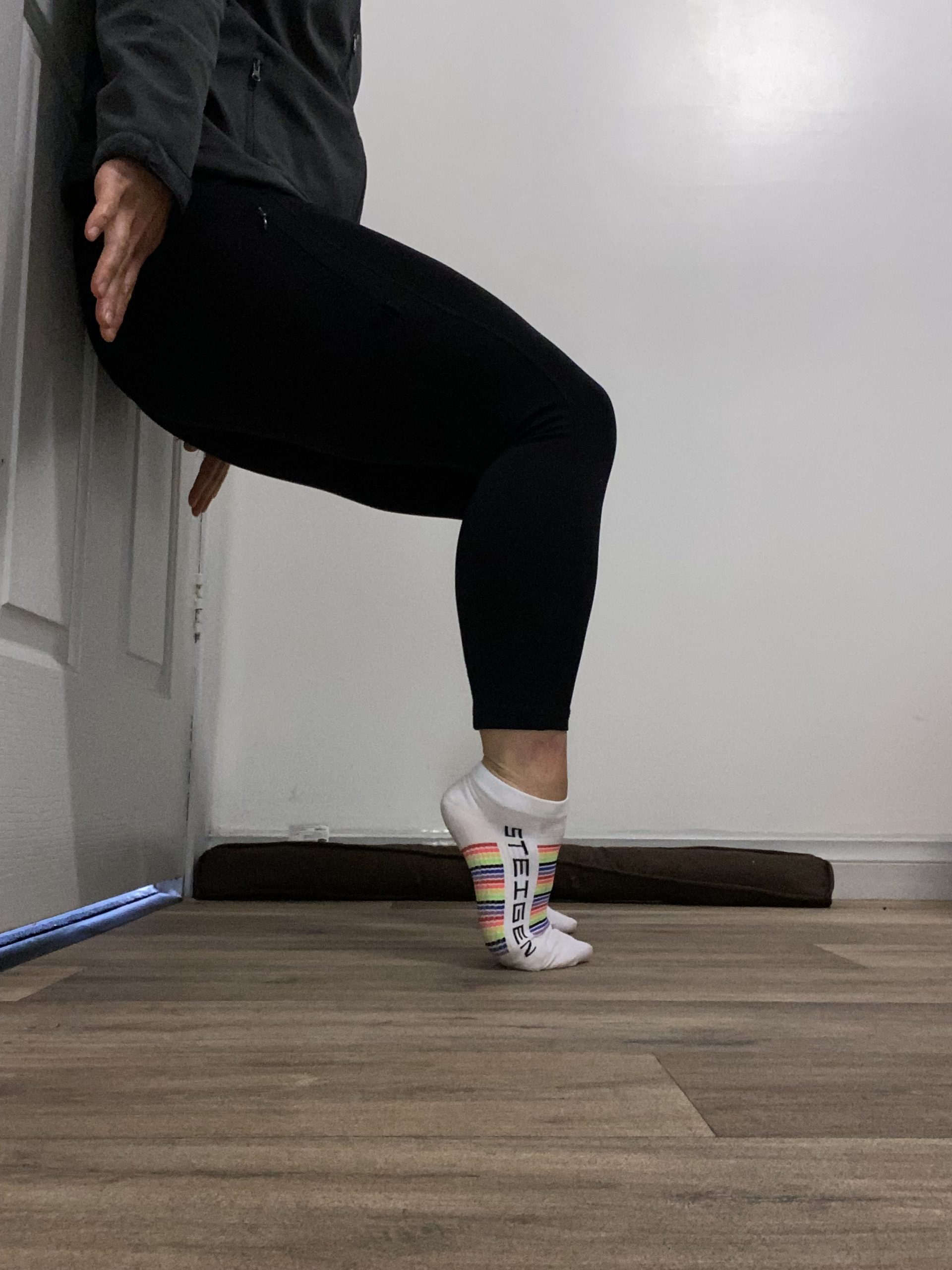
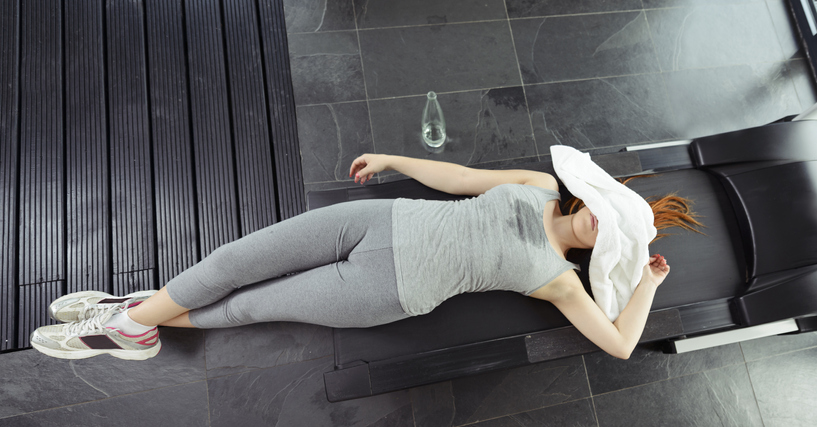


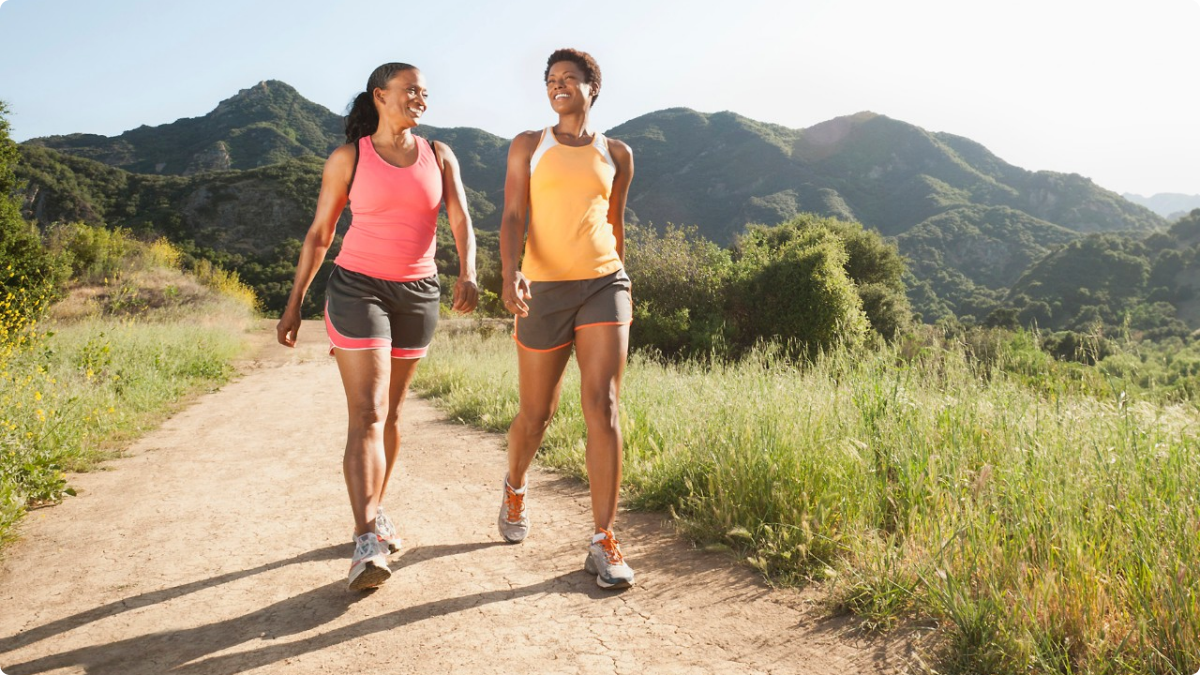 Image: https://www.austinfitmagazine.com/March-2015/stay-in-shape-by-walking-with-friends/
Image: https://www.austinfitmagazine.com/March-2015/stay-in-shape-by-walking-with-friends/ Image: https://centerforliving.org/blog/5-best-self-care-tips-this-fall/
Image: https://centerforliving.org/blog/5-best-self-care-tips-this-fall/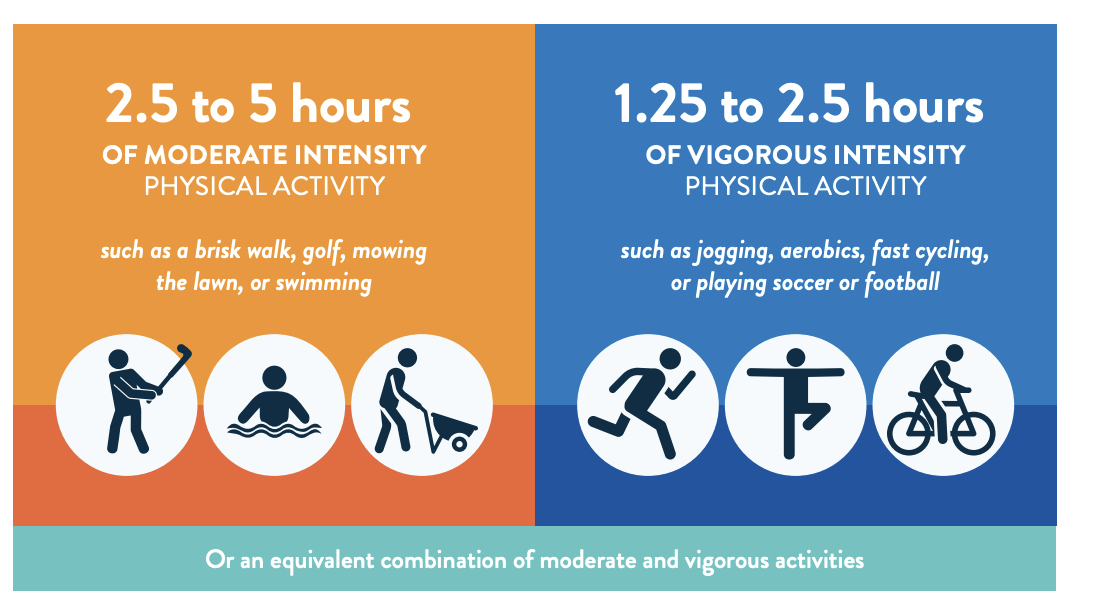 Image: https://www.amhf.org.au/essa_helps_men_move_with_new_male_specific_exercise_resource
Image: https://www.amhf.org.au/essa_helps_men_move_with_new_male_specific_exercise_resource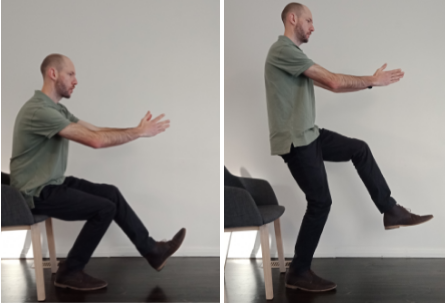
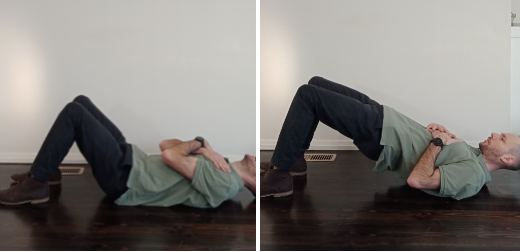
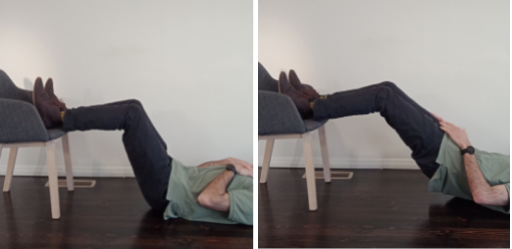
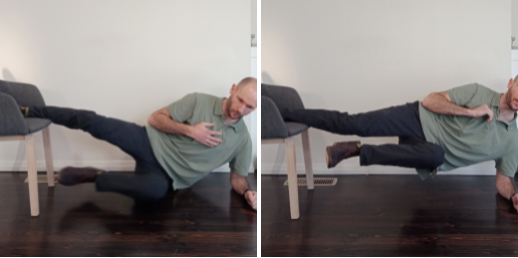
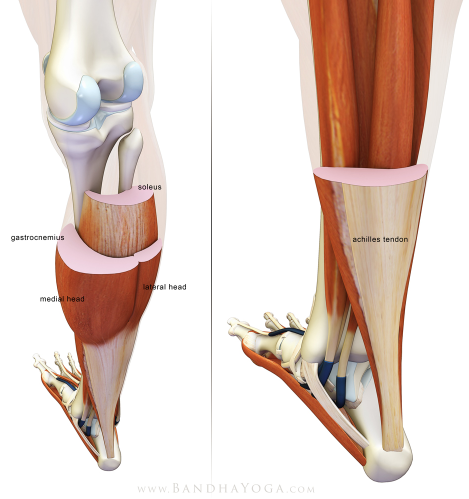
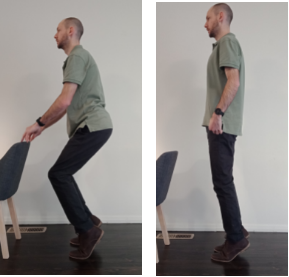 Bent Knee Variation | Straight Leg Variation
Bent Knee Variation | Straight Leg Variation